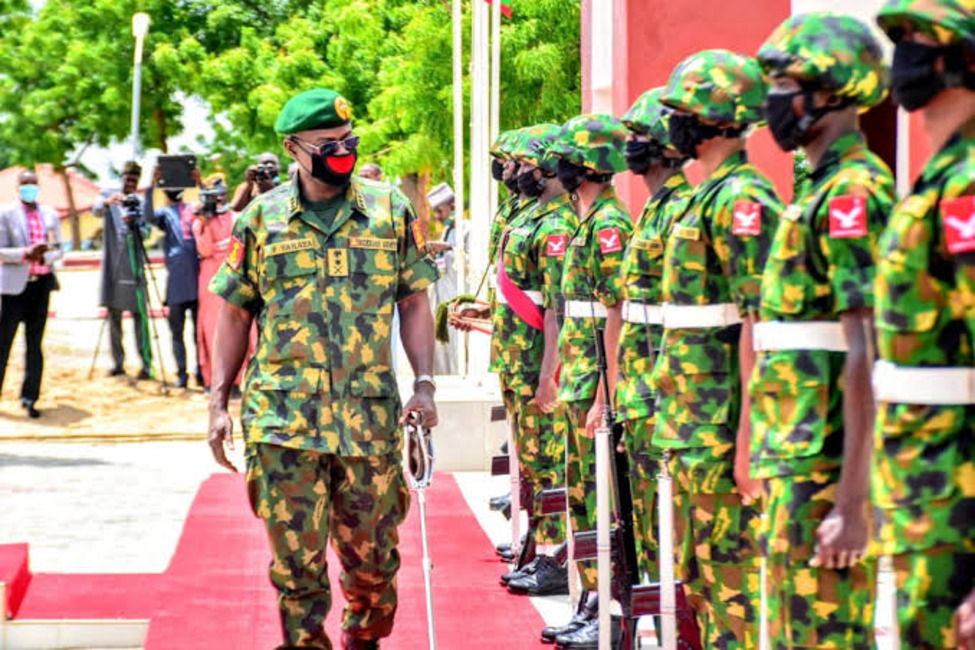The list highlights the different responsibilities of the ranks ranging from low-level Private to high-level Commissioned Officer, demonstrating the significant differences in the level of responsibility they have in combat zones and other military operations.
Knowing the roles and functions of each rank in the army hierarchy highlights how each level of command plays a crucial role in defeating an enemy, ensuring their success in any combat or emergency situations.
1. Private: A Private is the lowest rank in the Army. He/she is responsible for carrying out orders given by higher-ranking officers.
2. Corporal: A Corporal is a junior non-commissioned officer whose role is to supervise and lead a small group of soldiers.
3. Sergeant: A Sergeant is a senior non-commissioned officer responsible for the training and discipline of the soldiers under his/her command.
4. Staff Sergeant: A Staff Sergeant is a non-commissioned officer who assists in the organization and management of military operations.
READ ALSO: 4 Nigerian Celebrities With Children in United States Military
5. Sergeant First Class: A Sergeant First Class is a senior non-commissioned officer responsible for the training and development of soldiers.
6. Master Sergeant: A Master Sergeant is a senior non-commissioned officer who is responsible for the supervision of other non-commissioned officers.
7. First Sergeant: A First Sergeant is a senior non-commissioned officer responsible for the welfare, discipline, and training of soldiers.
8. Sergeant Major: A Sergeant Major is a senior non-commissioned officer who is responsible for advising and assisting the commanding officer.
9. Warrant Officer: A Warrant Officer is a highly trained specialist who provides technical expertise and guidance to officers and soldiers.
10. Commissioned Officer: A Commissioned Officer is an individual who has received a commission from the President of Nigeria and is responsible for leading soldiers in combat and other military operations.


One Reply to “Understanding the Ranks and Functions in Nigeria Army Institutions”